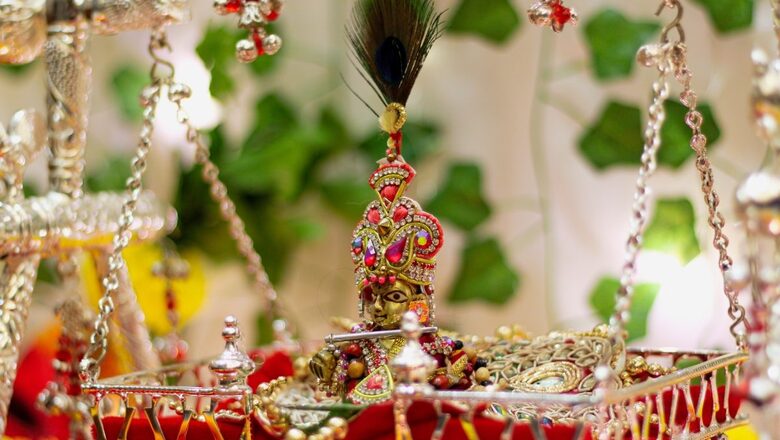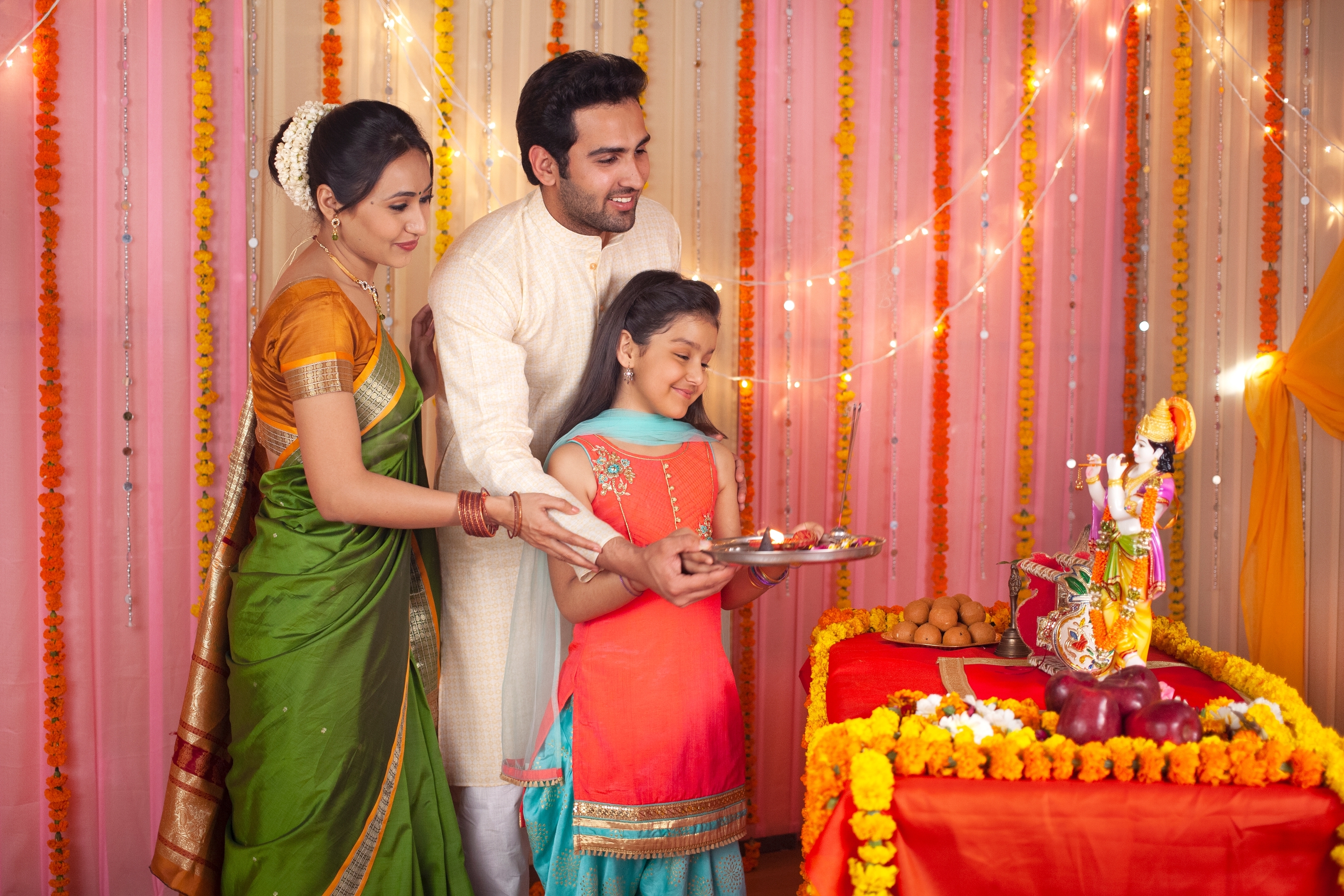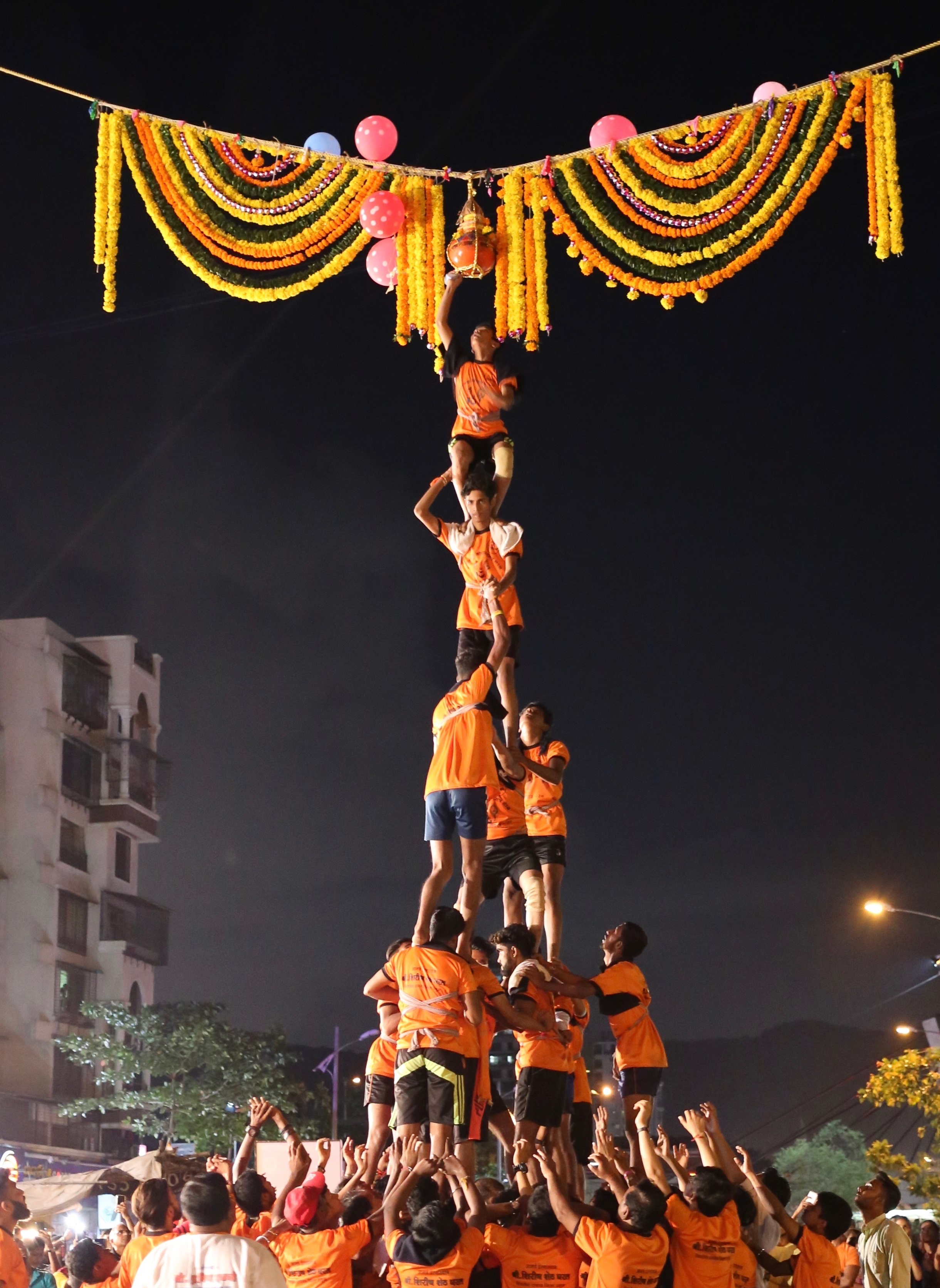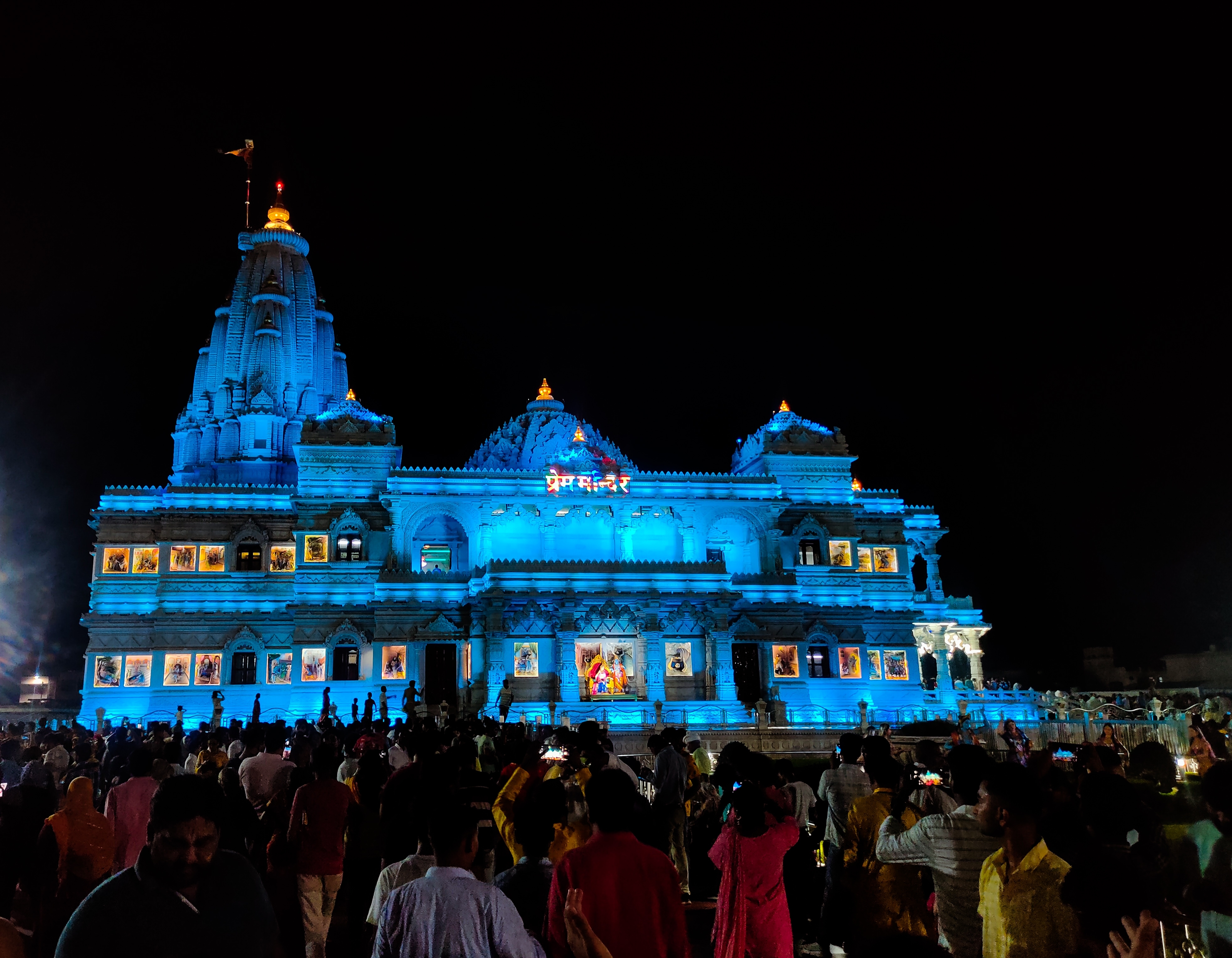
views
Krishna Janmashtami is a Hindu festival that celebrates the birth of Krishna, the eighth avatar of Vishnu. It is observed on the eighth day of the dark fortnight in the month of Bhadrapada, which falls in August or September in the Gregorian calendar. In 2023, Krishna Janmashtami will be celebrated on both September 6 and 7, but it is better if you celebrate this festival on the first day.
KRISHNA JANMASHTAMI 2023: WHEN AND WHY ON THIS DATE?
This year, after years, such a coincidence has happened when both Ashtami Tithi and Rohini Nakshatra will be together. Ashtami Tithi will start on September 6 at 03:37 pm and will end on September 7 at 4:14 pm.
On the other hand, Rohini Nakshatra will start at 9.20 am on September 6 and end at 10.25 am on September 7. In this way, there will be a coincidence of both Ashtami and Rohini Nakshatra at 12 o’clock in the night of 6th September. Therefore, Krishna Janmashtami will be celebrated on September 6, as Krishna was born in the Rohini nakshatra. The Dahi Handi celebrations will take place on September 7.

JANMASHTAMI 2023 PUJA MUHURAT
The Nishita Puja time is from 11:57 PM to 12:42 AM on September 7. This is the most auspicious time to worship Krishna on Janmashtami. The birth anniversary and worship of Laddu Gopal will be held until 12:42 AM. The Parana time, which is the time to break the fast, is at 4:14 PM on September 7.
KRISHNA JANMASHTAMI 2023 SCHEDULE
- Ashtami Tithi: 03:37 pm on September 6 till 4:14 pm on September 7.
- Rohini Nakshatra: 9.20 am on September 6 till 10.25 am on September 7.
- Both Ashtami and Rohini Nakshatra at 12 o’clock in the night of September 6.
KRISHNA JANMASHTAMI: PUJA VIDHI
- Wake up early in the morning and take a bath. This is a way to purify yourself and to prepare for the day’s festivities.
- After taking a bath yourself, bathe the idol of God with Gangajal and milk.
- Also, light a diya in the temple of your home.
- As you wear new clothes yourself, make the idol wear new clothes too.
- Decorate the idol with a Peacock crown, a Flute, Vaijayanti garland, Tulsi Dal and Kundal.
- Furnish the swing of Laddu Gopal with flower garlands and offer him kheer, fruits, flowers, Makhan Mishri, sweets and nuts.
- Worship the lord with incense sticks.
KRISHNA JANMASHTAMI: PUJA SAMAGRI
- A cradle for baby Krishna
- Butter and sugar
- A small flute to be placed next to Shri Krishna’s idol
- A dress for baby Krishna
- Peacock feather
- His ornaments
- Flowers for decorating the cradle
- Kumkum
- Tulsi leaves
- Chandan
- Gangajal
- Dhoop
HOW TO CELEBRATE KRISHNA JANMASHTAMI
- Fast for the day. This is a way to show your devotion to Krishna and to focus your mind on him.
- Visit a temple or shrine dedicated to Krishna. This is a way to offer your prayers and to seek Krishna’s blessings.
- Worship an image of Krishna. This is a way to show your love and devotion to him.
- Sing bhajans in praise of Krishna. This is a way to express your love and devotion to him through song.
- Read stories about Krishna’s life. This is a way to learn more about him and to appreciate his teachings.
- Distributing sweets and food to others. This is a way to share your joy and happiness with others.

WHAT IS DAHI HANDI?
Dahi Handi is celebrated on the day after Krishna Janmashtami. It is a competition in which people try to break a pot of curd (dahi) that is hung high up in the air. This festival is said to commemorate the childhood prank that Krishna played on his mother, Yashoda.
JANMASHTAMI HISTORY
The history of Krishna Janmashtami can be traced back to ancient India. According to the Hindu scriptures, Krishna was born in the city of Mathura to Devaki and Vasudeva. His birth was prophesied by a sage that he would one day overthrow the evil king Kansa, who was his maternal uncle. To protect Krishna from Kansa, Vasudeva smuggled him out of the palace and took him to Gokul, where he was raised by Yashoda and Nanda.
JANMASHTAMI SIGNIFICANCE
The significance of Krishna Janmashtami is manifold. It is a time to celebrate the birth of a divine being who is seen as a symbol of love, compassion, and righteousness. It is also a time to remember the teachings of Krishna, which are said to be the path to liberation. Additionally, it is a time to come together with family and friends and to celebrate the joy of life.
WATCH: 10 Must Visit Lord Krishna Temples
CELEBRATIONS IN MATHURA AND VRINDAVAN

Mathura and Vrindavan are two of the most important pilgrimage sites for Hindus, as they are the birthplace and childhood home of Krishna, respectively. Krishna Janmashtami is celebrated with great pomp and ceremony in these two cities, and the festivities are a major tourist attraction.
In Mathura, the main temple dedicated to Krishna is the Shri Krishna Janmasthan Temple. The temple is located on the site of Krishna’s birth, and it is believed to be the oldest temple in Mathura. On the day of Krishna Janmashtami, the temple is decorated with flowers and lights, and a large crowd of devotees gathers to celebrate.
The highlight of the festivities in Mathura is the midnight procession of the newborn Krishna. A small image of Krishna is placed in a cradle and carried through the streets of the city. The procession is accompanied by music, dancing, and chanting.
In Vrindavan, the main temple dedicated to Krishna is the Radha Vallabh Temple. The temple is located in the village of Gokul, where Krishna spent his childhood. On the day of Krishna Janmashtami, the temple is decorated with flowers and lights, and a large crowd of devotees gathers to celebrate.
The highlight of the festivities in Vrindavan is the Rasa Lila, a dance drama that depicts Krishna’s childhood pranks and romance with Radha. The Rasa Lila is performed in the evening, and it is a popular attraction for both Hindus and tourists.

















Comments
0 comment